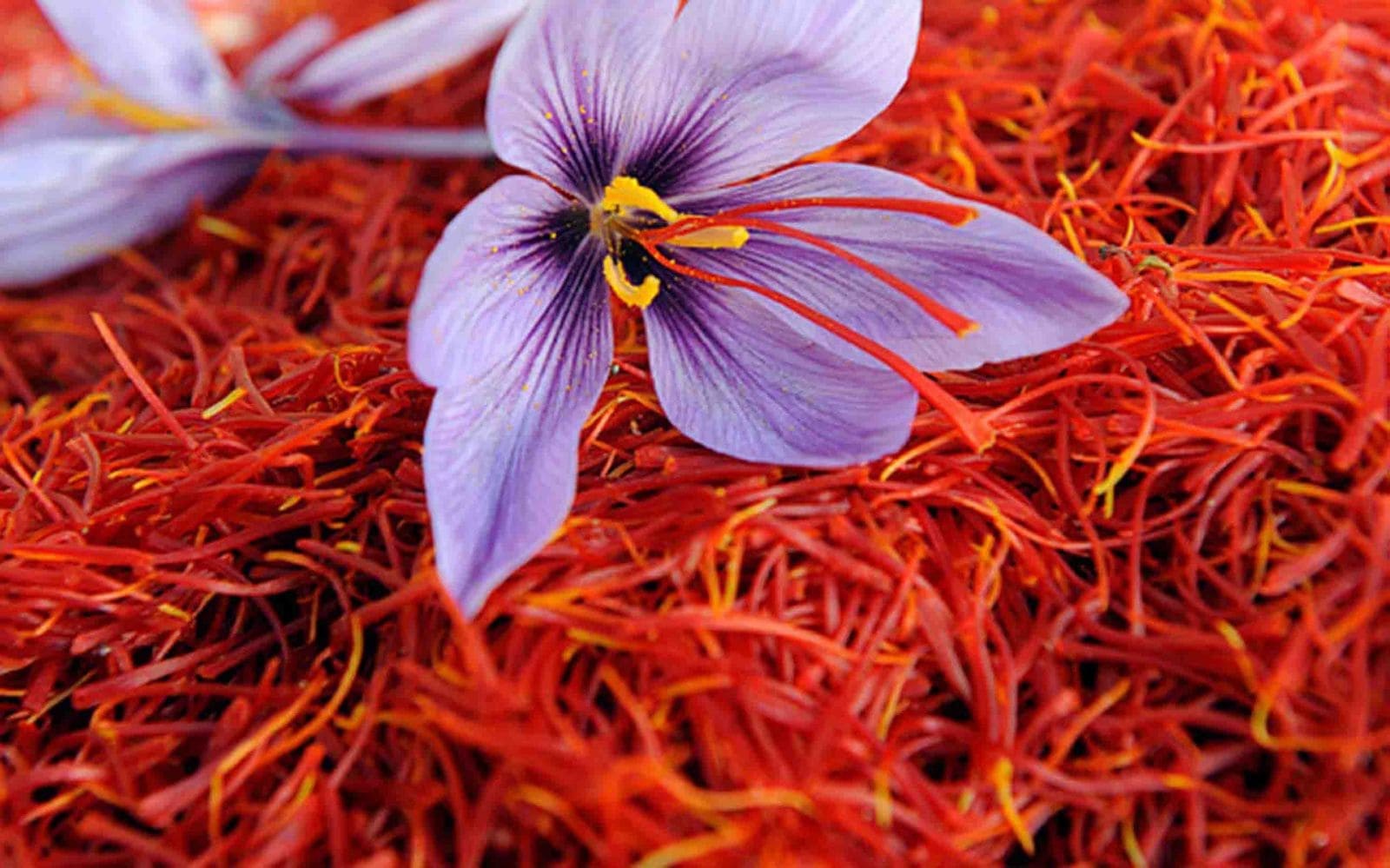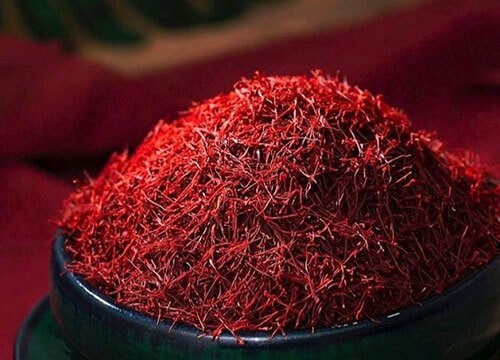What’s the Difference?
At first glance, kasubha and saffron may look similar—but they are entirely different spices. Many shoppers confuse the two, especially when trying to save money or explore natural coloring options. However, understanding the true difference between kasubha and saffron can help you make better choices in both cooking and wellness.Kasubha vs Saffron

What Is Kasubha?
Kasubha, also known as safflower, comes from the Carthamus tinctorius plant. People often use its dried petals as a low-cost alternative to saffron. Because it mimics saffron’s reddish-orange color, it’s commonly added to rice, soups, and teas.
Why Some Choose Kasubha
-
Offers vibrant color without the high price
-
Common in Filipino, Thai, and Middle Eastern cuisine
-
Used in herbal teas and traditional remedies
-
Easily available in local markets
Although kasubha is inexpensive and useful for coloring, it lacks the deep flavor and aroma that define real saffron. Therefore, it serves best as a visual enhancer rather than a true flavor substitute.
What Makes Saffron Special?
Saffron comes from the Crocus sativus flower and contains only the dried red stigmas. Farmers must harvest each flower by hand, which explains saffron’s high cost and rarity.
Benefits of Using Saffron
-
Delivers a rich, floral aroma with subtle bitterness
-
Adds depth to dishes like paella, risotto, and biryani
-
Contains antioxidants that support mood and immunity
-
Enhances beauty routines and traditional wellness practices
Because saffron offers both flavor and health value, it’s worth the investment if you want authenticity and results.
Kasubha vs Saffron: Key Differences
Now that we understand each spice, let’s compare them directly. Their differences go beyond looks and price.
1. Color and Texture
-
Kasubha petals appear flat, thin, and orange-red
-
Saffron threads are thicker, deep red, and slightly curled
2. Taste and Aroma
-
Kasubha has little to no scent or flavor
-
Saffron offers an earthy aroma with a warm, bittersweet flavor
3. Cost and Quality
-
Kasubha is affordable and sold in bulk
-
Saffron costs more but delivers superior culinary and health benefits
Unlike kasubha, saffron transforms recipes with its depth and fragrance. As a result, chefs and health-conscious consumers consistently choose saffron for high-quality experiences.
Final Thoughts: Choose the Finding Saffron Powdere Right Spice
While kasubha works as a natural food dye, it doesn’t compare to real saffron’s complexity. If you’re looking for authentic flavor, aroma, and benefits, saffron is the better choice. Understanding the difference helps you avoid imitations and get the best value from your purchase.
Shop Real Saffron with Confidence
We offer 100% pure, premium-grade saffron sourced directly from trusted farms. No fillers. No dyes. Just rich color and flavor—perfect for cooking, tea, or wellness.
Order now and enjoy the real Red Gold!






